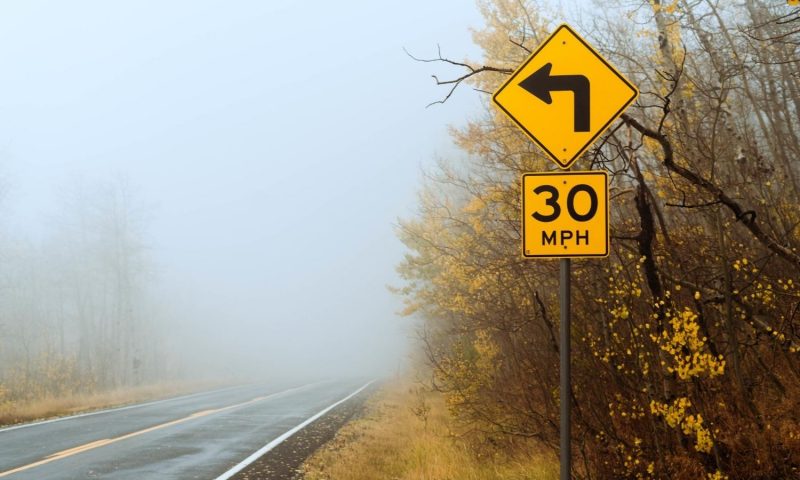Don’t assume that you know everything about common traffic signs and their importance, especially if it’s been awhile since you’ve brushed up on them.
Most daily drivers would consider themselves familiar with traffic signs, but signs are overlooked and misidentified every day, leading to accidents that could have been avoided. Would all drivers on the road be able to identify these warnings strictly by color or shape? Considering how many first-time test takers fail their written driving tests, they may have forgotten how hard it can be.
Symbols, colors, and shapes are three ways to identify common traffic signs and their importance, and words are used sparingly so that they can be interpreted in any language. Traffic signs are even manufactured with a special coating that reflect cars’ headlights back at the driver, increasing visibility at night or in low-light conditions. It all helps, but responsible drivers need to review even the basics. For instance:
Speed Limit Signs
Rectangular, black and white
These are obviously crucial guides in preventing accidents, violations, and traffic jams. And yet many drivers can confuse them with highway identification signs that have similar-size numbers but are coded blue. It’s possible to miss a speed limit sign in residential areas or while distracted. Many drivers have fallen into the habit of seeing the numbers and automatically estimating how far over the limit they can go without attracting the notice of police.
Yield Signs
Triangular, red
Drivers seem to have a fuzzy grasp on the meaning of a yield sign, reflexively slowing down without acknowledging the real message: you do not have the right of way. This is hugely important when pedestrians are involved, or in fast-moving traffic. A yield sign means to slow down as you approach an intersection, be extra cautious, look for a generous break in traffic before merging, and to—yes—even stop when conditions require it. These are key points in regulating traffic flow.
Construction Work Signs
Diamond or sometimes rectangular, orange
An image of someone waving a flag should do the trick, but construction worker death rates are soaring, and more attention is being directed at preventable road fatalities. These signs give drivers plenty of time to slow down, merge into a different lane, or watch for workers, but it can seem more convenient to ignore them until the last minute. These signs aren’t annoyances; they’re reminders that actual humans are putting themselves on the line to improve your commute.
No U-Turn Signs
Most often square, red, white, and black
Come on: These signs are immediately unmistakable, and more important, not optional. You don’t get to ignore inconvenient signs just because you’re impatient. U-turns are often illegal because a road isn’t wide enough or traffic is too heavy. These accidents are often fatal, so ignore your navigation app’s voice until you can safely return to your intended route.
Drivers with years of experience can develop better skills and dispense with overconfidence and lazy assumptions that common traffic signs and their importance don’t apply to them. Do your part to keep the roads safe.
